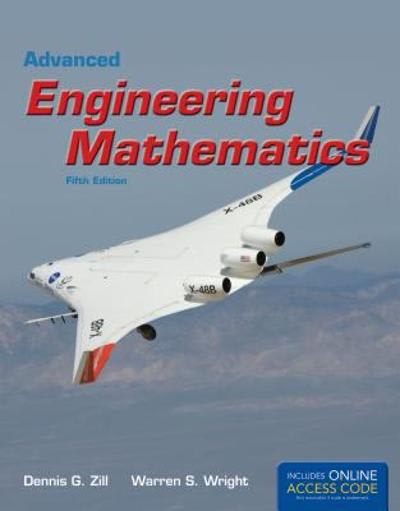Answered step by step
Verified Expert Solution
Question
1 Approved Answer
For this Critical Thinking assignment, you will apply concepts from probability theory to real-world scenarios. Bunco is a group dice game that requires no skill.
For this Critical Thinking assignment, you will apply concepts from probability theory to real-world scenarios.
Bunco is a group dice game that requires no skill. The objective of the game is to accumulate points by rolling certain combinations. The game is played with three dice, but we will consider a simpler version involving only two dice.
How do you play two dice Bunco?
- There are six rounds, one for each of the possible outcomes in a die, namely the numbers one through six.
- Going clockwise, players take turns rolling two dice trying to score points. Points are usually awarded as such: 21 points if both dice match the current round number (a "Bunco"); five points are awarded if both dice match each other, but do not match the current round number (a "Mini Bunco"). Finally, one point is awarded for a single die matching the current round number.
- If points are scored, the player gets to roll again, continuing to add to their score. If no points are awarded, the player's turn ends and the dice are passed to the next player.
- At the end of the game, the winners get prizes for accomplishments such as the highest score, the lowest score, or the most buncos.
Part I: Complete the following steps assuming the round number is 6:
- What is the probability that the player rolls two distinct numbers different than six or rolls exactly one six (no points or one point)?
- What is the probability that the player rolls two of the same number but no six, i.e., two 1s, or two 2s, and so on (five points Mini Bunco)?
- What is the probability that the player rolls two 6s (21 points Bunco)?
- Compute the total of the probabilities found in the three previous questions.
- If the player wins a dollar for every point, he/she gets and losses three dollars for getting no points, what are the expected winnings or losses on each roll?
Part II: Based on your work in Part I, discuss the following:
- Describe the sample space when rolling two dice once. How can identifying all the elements of the sample space help you answer the questions in Part I?
- Determine if "rolling two different numbers different than six" or "rolling exactly one six" are mutually exclusive events. Justify your answer. Explain how this information can help you answer question one, Part I.
- Describe the relationship between odds and probability. Explain how you can use the result in question three, Part I to find the odds of getting a Bunco in a single roll.
- What does the result found in question four, Part I imply about these events? Explain how you have used the answers to questions one and two, Part I to get the answer to question three, Part I.
- Interpret the answer to question five, Part I.
- Discuss the advantages of understanding probabilities when playing dice games.
- Think of another scenario where probabilities can be used. Discuss the advantages of using probabilities in the context of the scenario you created.
Step by Step Solution
There are 3 Steps involved in it
Step: 1

Get Instant Access to Expert-Tailored Solutions
See step-by-step solutions with expert insights and AI powered tools for academic success
Step: 2

Step: 3

Ace Your Homework with AI
Get the answers you need in no time with our AI-driven, step-by-step assistance
Get Started


